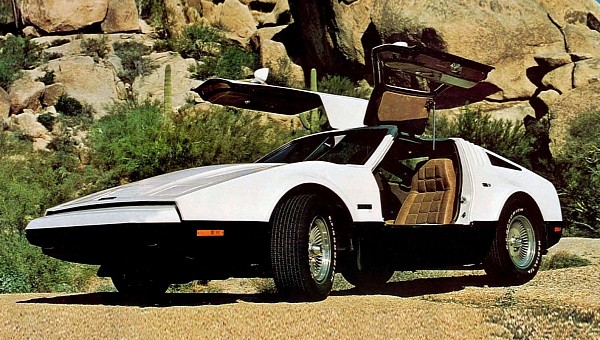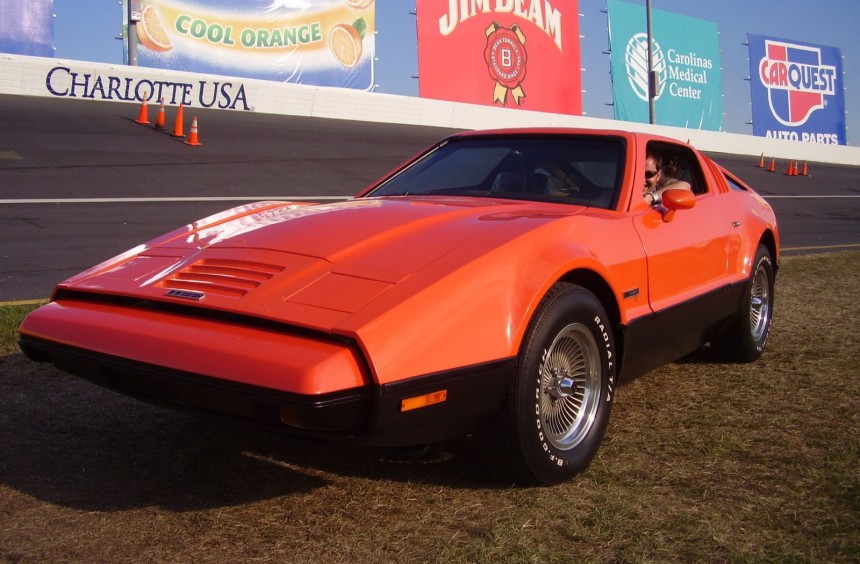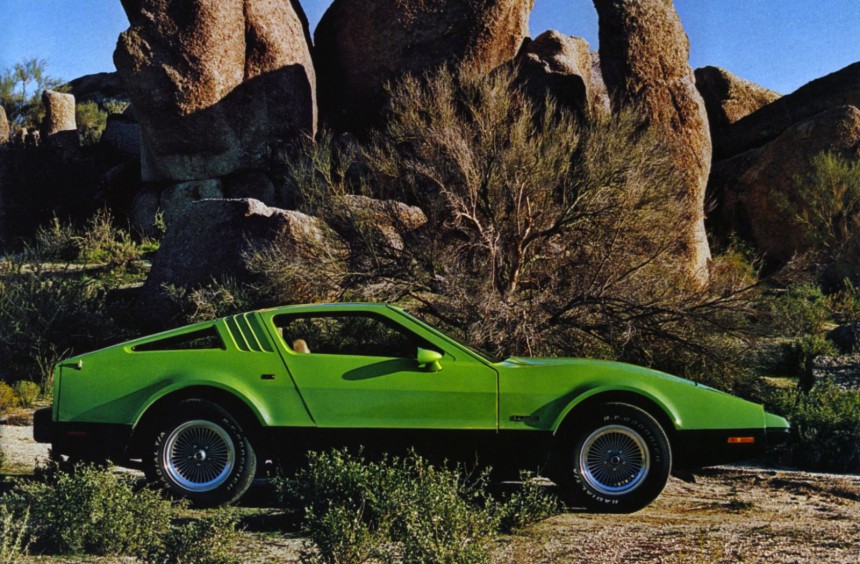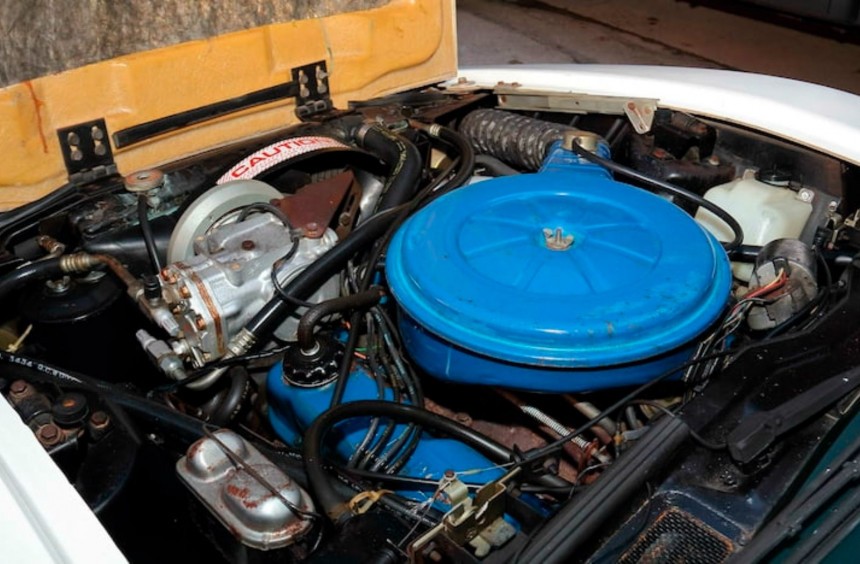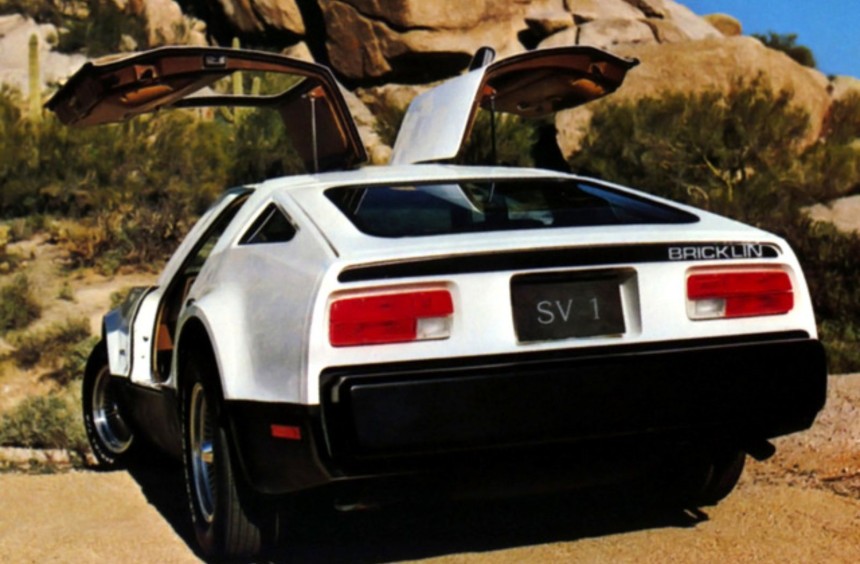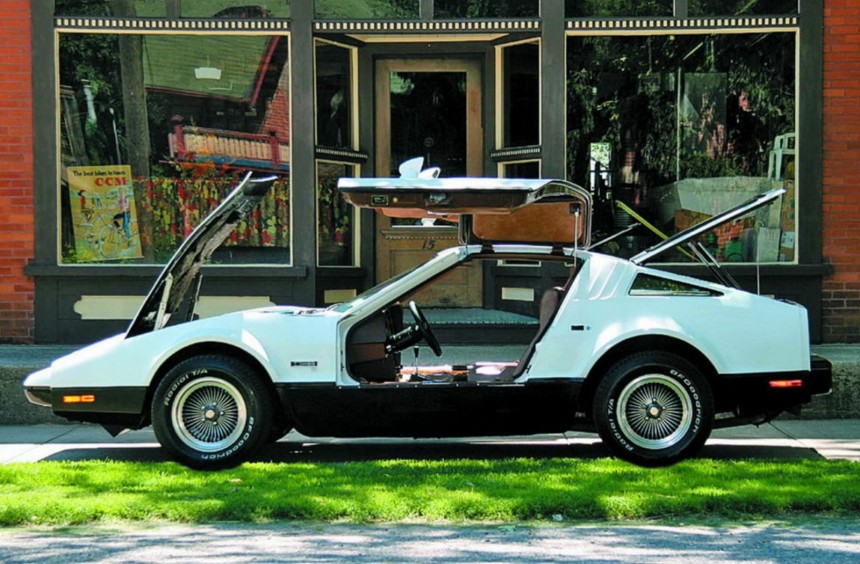Although some have called it one of the worst cars ever sold in North America, the Bricklin SV-1 was not that bad, and it’s still fascinating today. A 1970s sports car with an unprecedented emphasis on safety, it only fell short because it was built by a small company that lacked the necessary funds to develop it properly.
During the early years of the automobile, manufacturers were just trying to make the self-propelled vehicle a viable alternative to the horse-drawn carriage, so safety was the last thing on their minds. Well, it turns out that isn’t entirely true since crude versions of seatbelts were around as early as 1885, when an American engineer named Edward J Claghorn patented a simple strap system for use in New York’s taxis.
Still, it would take nearly a century for carmakers to prioritize safety and deliver life-saving features like the 3-point seatbelt or the airbag on a wide range of cars. When they did, the first models that got these features were mostly family-oriented sedans or wagons, whereas sports car development continued to focus on performance.
However, during the 1970s, the Bricklin Safety Vehicle 1 (or SV-1) was one of the very first sports cars that prioritized safety, and even more impressive, it was conceived by a small start-up, rather than one of the world’s leading manufacturers.
It all starts in the early 1970s, when Malcolm N. Bricklin – a successful businessman known for establishing Subaru of America a few years earlier – decided to build a Corvette-rivaling sports car that was cheaper and, more importantly, safer than Chevy’s iconic model.
To turn his idea into a fully-functional prototype, Bricklin initially worked with Bruce Meyers, the creator of the famed Manx dune buggy, who was tasked with designing the car. Shortly after that, he started a collaboration with stylist Marshall Hobart, who did additional sketch work and put together a clay model in less than 15 weeks, while custom car guru Dick Dean put the car together during the last months of 1972.
Doing a silver fiberglass body, the prototype nicknamed Gray Ghost was powered by a Chrysler Slant-Six, had a rear suspension system borrowed from a Datsun 510, brakes from a European Opel, and a Chevy tilting steering wheel. In other words, it was a parts bin special from a mechanical point of view, but it did showcase some of the innovative safety features of the production version.
In the coming months, the design was improved with the help of Herb Grasse, a talented designer whose resume included a collaboration with the legendary George Barris on the conversion of the 1955 Lincoln Futura concept car into the very first Batmobile. Bricklin managed to secure funding for his project from the Canadian government, so the production version was assembled in a plant located in Saint John, New Brunswick from 1973 to 1975.
Like the initial prototype, it did not feature metal bodywork. Instead, panels were fabricated from a clever composite of acrylic resin bonded to fiberglass. This reduced weight and, since the acrylic resin was color-impregnated, the body didn’t need to be painted, which made it cheaper to manufacture.
The body looked like an odd combination between the C4 Corvette and the DMC DeLorean, but weirdly enough, both these cars came along about a decade later. Much like the DeLorean, its most distinct feature was a set of gullwing doors which opened and closed with a push of a button using a hydraulic system.
In terms of safety, the car earned surprisingly high ratings during crash testing thanks to innovative features like a steel roll-over structure and side-impact guardrails integrated into the chassis, as well as energy-absorbing bumpers that could be pushed back into the chassis during a low-speed collision without taking any damage.
With an emphasis on safety, Bricklin initially planned to source small and cheap inline-fours from GM’s European division Opel. The companies failed to reach an agreement, so the first prototype got the Chrysler six-cylinder I mentioned earlier.
But, for the 1973 production version, Bricklin managed to strike a deal with American Motors for its 360-ci (5.9-liter) V8. The engine was mated to either a 3-speed automatic or a 4-speed manual and was equipped with a single four-barrel carb. It could make 220 hp (223 ps) and 315 lb-ft (427 Nm) of torque, figures that were not bad at all during the start of the Malaise era.
From 1974 until the end of production, Bricklin switched to Ford’s small-block Windsor V8, which was only available with a 3-speed auto. With this change, output dropped to 175 hp (177 ps) and 286 lb-ft (388 Nm) of torque.
Still, the Canadian sports car was able to go head-to-head with its more famous American counterpart, the C3 Corvette. Several car magazines tested the SV-1 alongside an L48-powered ‘Vette and the latter was reportedly only about half of a second faster across the quarter-mile.
While it was a decent straight-line performer, the Canadian sports car didn’t have the best suspension setup and because of that, some journalists concluded it handled like a brick. To be fair, most American cars, including the Corvette, suffered from this problem back then, so this wasn’t by any means the SV-1’s biggest problem.
Bricklin’s cost-cutting decision to assemble the car in Canada ended up being a bad one. The vast majority of plant workers were inexperienced, which translated to sub-par build quality. Moreover, the composite material used for the body panels was far from perfect and it could blister at high temperatures.
Lastly, the awesome gullwing doors weighed 90 lb (41 kg) each due to the inner steel reinforcements, but the hydraulic system that controlled them was not designed to withstand that weight. It featured a single hydraulic pump, so it took about 12 seconds to open or close one of the huge doors. Even worse, you couldn’t open them at the same time, because you would risk destroying the pump.
Although safer than a Corvette, the SV-1 didn’t end up being cheaper. For the 1974 model year, it could be had for $7,900 and a year later, the price rose inexplicably to $9,995. In comparison, the base ‘Vette coupe retailed for around $6,000.
Due to the car’s imperfections and steep price, Bricklin’s plan to manufacture over 10,000 units per year failed spectacularly. The company only managed to sell around 3,000 units until 1975 and was eventually forced to cease operations.
It’s estimated that about 1,800 examples are still around today and depending on the condition, they are valued anywhere between $7,000 and $30,000.
Even if it never was the ultra-safe Corvette rival that Malcolm N. Bricklin envisioned, the SV-1 remains an interesting and, in some ways, unique 1970s sports car that came out of nowhere. With more money for development and marketing, it could have been better and could have laid the groundwork for future safety innovations.
You can watch a contemporary review of this intriguing car in the YouTube video below by MotorWeek.
Still, it would take nearly a century for carmakers to prioritize safety and deliver life-saving features like the 3-point seatbelt or the airbag on a wide range of cars. When they did, the first models that got these features were mostly family-oriented sedans or wagons, whereas sports car development continued to focus on performance.
However, during the 1970s, the Bricklin Safety Vehicle 1 (or SV-1) was one of the very first sports cars that prioritized safety, and even more impressive, it was conceived by a small start-up, rather than one of the world’s leading manufacturers.
The brainchild of the man who brought Subaru to North America
To turn his idea into a fully-functional prototype, Bricklin initially worked with Bruce Meyers, the creator of the famed Manx dune buggy, who was tasked with designing the car. Shortly after that, he started a collaboration with stylist Marshall Hobart, who did additional sketch work and put together a clay model in less than 15 weeks, while custom car guru Dick Dean put the car together during the last months of 1972.
Doing a silver fiberglass body, the prototype nicknamed Gray Ghost was powered by a Chrysler Slant-Six, had a rear suspension system borrowed from a Datsun 510, brakes from a European Opel, and a Chevy tilting steering wheel. In other words, it was a parts bin special from a mechanical point of view, but it did showcase some of the innovative safety features of the production version.
A quirky yet surprisingly safe Canadian sports car is born
Like the initial prototype, it did not feature metal bodywork. Instead, panels were fabricated from a clever composite of acrylic resin bonded to fiberglass. This reduced weight and, since the acrylic resin was color-impregnated, the body didn’t need to be painted, which made it cheaper to manufacture.
The body looked like an odd combination between the C4 Corvette and the DMC DeLorean, but weirdly enough, both these cars came along about a decade later. Much like the DeLorean, its most distinct feature was a set of gullwing doors which opened and closed with a push of a button using a hydraulic system.
In terms of safety, the car earned surprisingly high ratings during crash testing thanks to innovative features like a steel roll-over structure and side-impact guardrails integrated into the chassis, as well as energy-absorbing bumpers that could be pushed back into the chassis during a low-speed collision without taking any damage.
The good: American V8 power
But, for the 1973 production version, Bricklin managed to strike a deal with American Motors for its 360-ci (5.9-liter) V8. The engine was mated to either a 3-speed automatic or a 4-speed manual and was equipped with a single four-barrel carb. It could make 220 hp (223 ps) and 315 lb-ft (427 Nm) of torque, figures that were not bad at all during the start of the Malaise era.
From 1974 until the end of production, Bricklin switched to Ford’s small-block Windsor V8, which was only available with a 3-speed auto. With this change, output dropped to 175 hp (177 ps) and 286 lb-ft (388 Nm) of torque.
Still, the Canadian sports car was able to go head-to-head with its more famous American counterpart, the C3 Corvette. Several car magazines tested the SV-1 alongside an L48-powered ‘Vette and the latter was reportedly only about half of a second faster across the quarter-mile.
The bad: sloppy handling and poor build quality
Bricklin’s cost-cutting decision to assemble the car in Canada ended up being a bad one. The vast majority of plant workers were inexperienced, which translated to sub-par build quality. Moreover, the composite material used for the body panels was far from perfect and it could blister at high temperatures.
Lastly, the awesome gullwing doors weighed 90 lb (41 kg) each due to the inner steel reinforcements, but the hydraulic system that controlled them was not designed to withstand that weight. It featured a single hydraulic pump, so it took about 12 seconds to open or close one of the huge doors. Even worse, you couldn’t open them at the same time, because you would risk destroying the pump.
A commercial failure
Due to the car’s imperfections and steep price, Bricklin’s plan to manufacture over 10,000 units per year failed spectacularly. The company only managed to sell around 3,000 units until 1975 and was eventually forced to cease operations.
It’s estimated that about 1,800 examples are still around today and depending on the condition, they are valued anywhere between $7,000 and $30,000.
Even if it never was the ultra-safe Corvette rival that Malcolm N. Bricklin envisioned, the SV-1 remains an interesting and, in some ways, unique 1970s sports car that came out of nowhere. With more money for development and marketing, it could have been better and could have laid the groundwork for future safety innovations.
You can watch a contemporary review of this intriguing car in the YouTube video below by MotorWeek.
